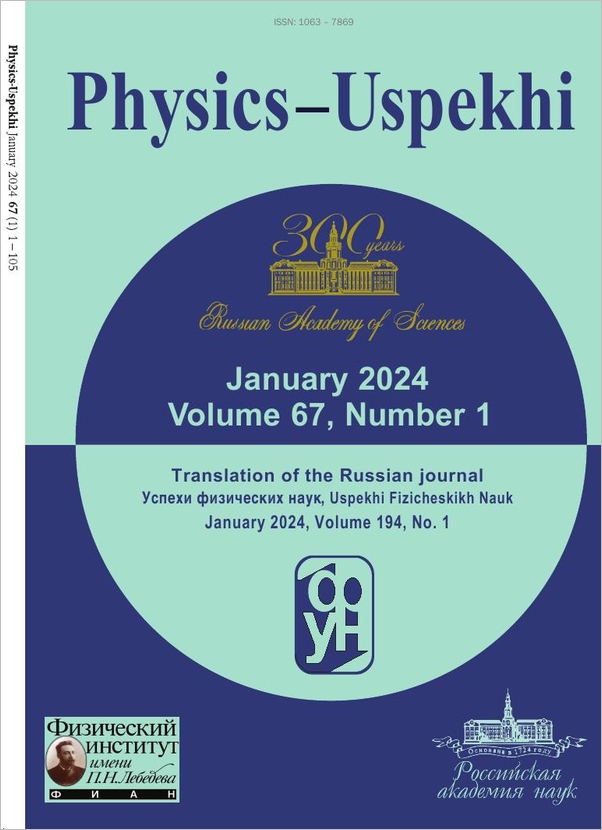|
This article is cited in 21 scientific papers (total in 22 papers)
REVIEWS OF TOPICAL PROBLEMS
Topological superconductivity and Majorana states in low-dimensional systems
V. V. Val'kova, M. S. Shustina, S. V. Aksenova, A. O. Zlotnikova, A. D. Fedoseeva, V. A. Mitskana, M. Yu. Kaganbc
a Kirensky Institute of Physics, Federal Research Center Krasnoyarsk Science Center of the Siberian Branch of the Russian Academy of Sciences, Krasnoyarsk
b National Research University Higher School of Economics, Moscow
c Kapitza Institute for Physical Problems, Russian Academy of Sciences, Moscow
Abstract:
We discuss the properties of topologically non„trivial superconducting phases and the conditions for their realization in condensed matter, the criteria for the appearance of elementary Majorana-type excitations in solids, and the corresponding principles and experimental methods for identifying Majorana bound states (MBSs). Along with the well-known Kitaev chain and superconducting nanowire (SW) models with spin–orbit coupling in an external magnetic field, we discuss models of quasi-two-dimensional materials in which MBSs are realized in the presence of noncollinear spin ordering. For finite-length SWs, we demonstrate a cascade of quantum transitions occurring with a change in the magnetic field, accompanied by a change in the fermion parity of the ground state. The corresponding anomalous behavior of the magnetocaloric effect can be used as a tool for identifying MBSs. We devote considerable attention to the analysis of the transport characteristics of devices that contain topologically nontrivial materials. The results of studying the conductance of an Aharonov–Bohm ring whose arms are connected by an SW are discussed in detail. An important feature of this device is the appearance of Fano resonances in the dependence of conductance on the magnetic field when the SW is in a topologically nontrivial phase. We establish a relation between the characteristics of such resonances and the spatial structure of the lowest-energy SW state. The conditions for the occurrence of an MBS in the phase of the coexistence of chiral d+id superconductivity and 120-degree spin ordering are determined in the framework of the $t-J-V$ model on a triangular lattice. We take electron–electron interactions into account in discussing the topological invariants of low-dimensional superconducting materials with noncollinear spin ordering. The formation of Majorana modes in regions with an odd value of a topological $\mathbb{Z}$ invariant is demonstrated. The spatial structure of these excitations in the Hubbard fermion ensemble is determined.
Received: May 26, 2020
Revised: December 18, 2020
Accepted: March 11, 2021
Citation:
V. V. Val'kov, M. S. Shustin, S. V. Aksenov, A. O. Zlotnikov, A. D. Fedoseev, V. A. Mitskan, M. Yu. Kagan, “Topological superconductivity and Majorana states in low-dimensional systems”, UFN, 192:1 (2022), 3–44; Phys. Usp., 65:1 (2022), 2–39
Linking options:
https://www.mathnet.ru/eng/ufn6842 https://www.mathnet.ru/eng/ufn/v192/i1/p3
|


| Statistics & downloads: |
| Abstract page: | 322 | | Full-text PDF : | 56 | | References: | 43 | | First page: | 5 |
|



 Contact us:
Contact us: Terms of Use
Terms of Use
 Registration to the website
Registration to the website Logotypes
Logotypes